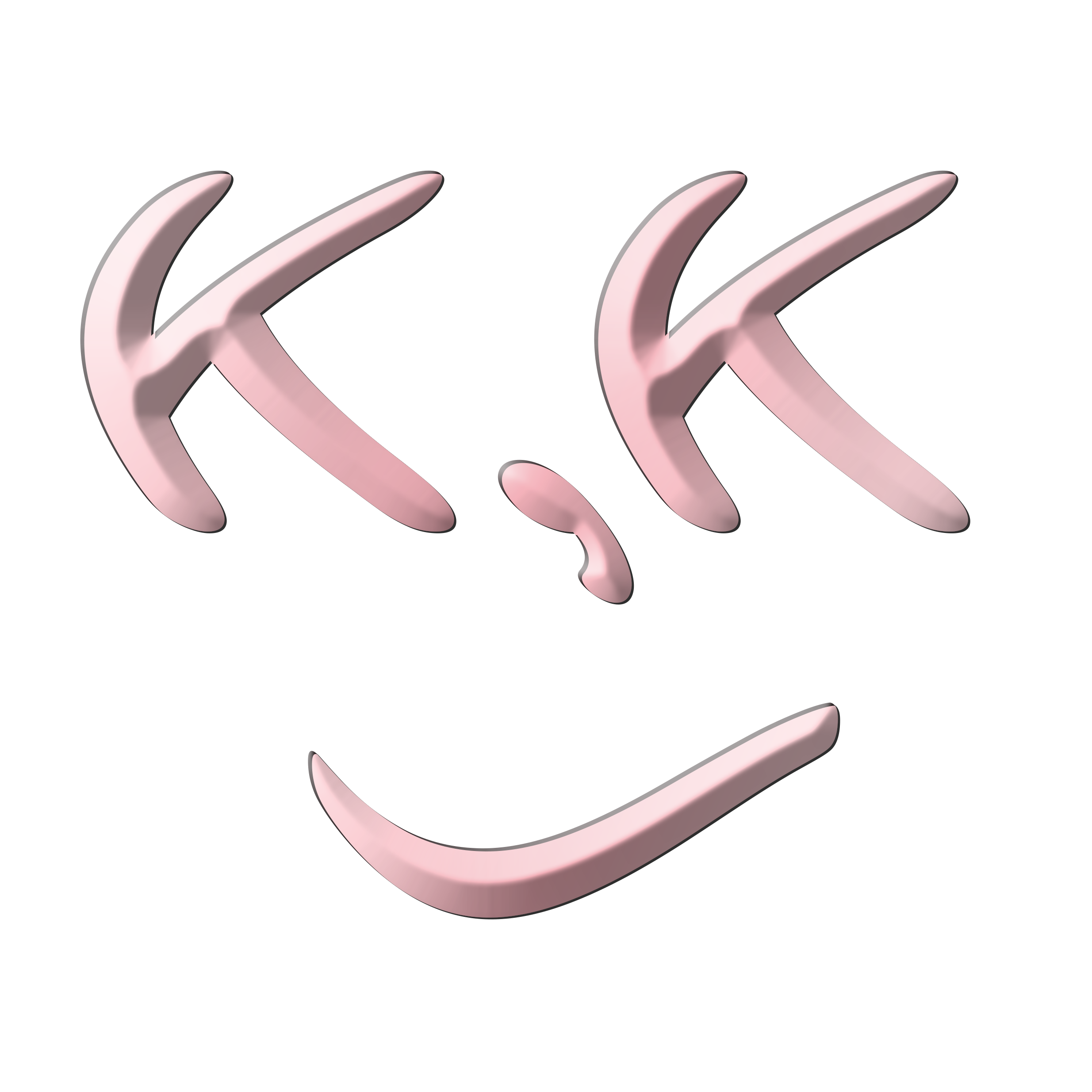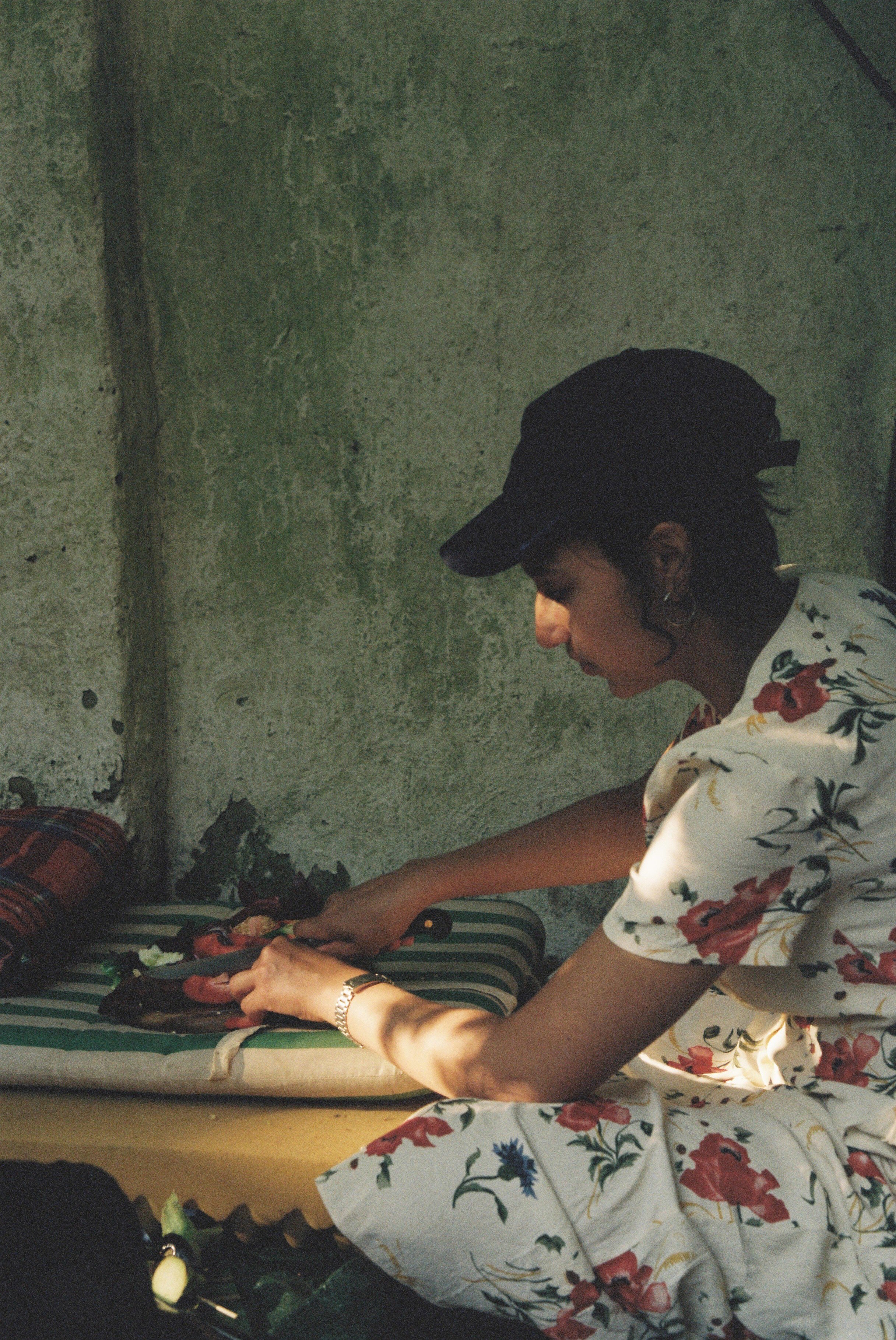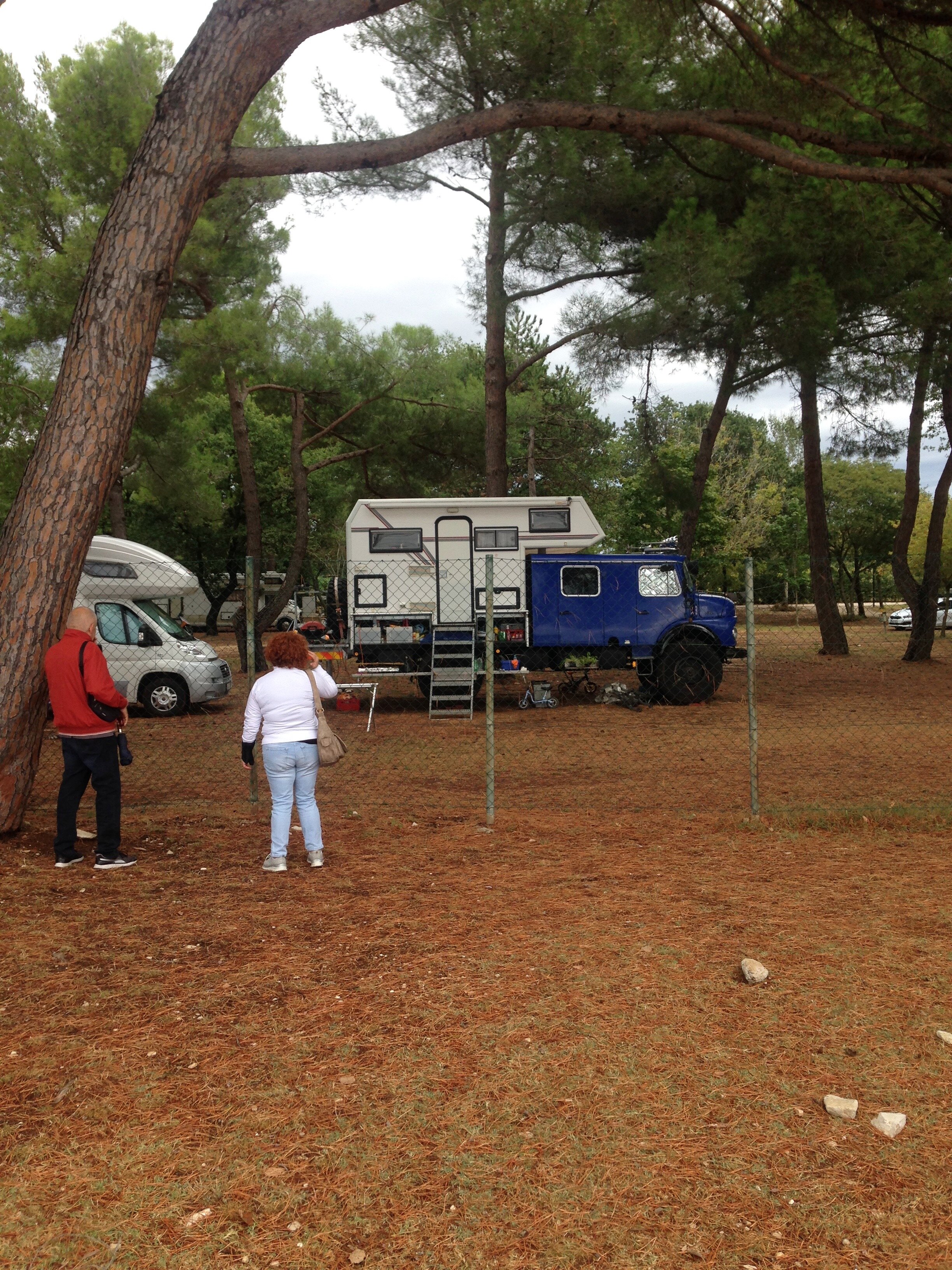IAP 22 ~ Tudor Rhys Etchells
Reflections in the Charity Shop Window
When I took these photos I did not have any conscious grieving – these photos did not correspond to directly how I felt about grief. Whilst grief itself, tended to always react directly to certain situations, memories, stimulus. Is this itself a reaction to the grief or part of it?
My mother suffered, from Multiple Sclerosis, so she became less herself as her condition deteriorated. I could only distract myself from what was happening to her. I was disassociating from her suffering perhaps. When did I actually lose my mum?
Maternity doesn’t think as it shrinks.
These photos are taken from when she entered the care home until the present day. They represent how I acknowledged at the time that I had lost most of the mum I knew, but only after her death did I give myself the space to be nihilistic.
Comprehending her joy, her life and her suffering has been my experience of grief. It has also forced me to reckon with how I responded to her physical seizures, loss of sight and loss of cognition and ability to speak. The grief comes in different textures; hysteria, mourning, a spiritual understanding of her life, hospitals, places. It is both humbling and happy. It is relentless, it draws you away from the rest of the world.
Arbitrary nations and admirations from strangers and friends.
I needed space to be able to confront the pain we had shared and that I had actively emotionally disengaged from and suppressed (Did I move back to her house to feel the pain?) The photos appear to find these spaces that I needed. They are not spaces that are calling out to be filled. They are mostly devoid of people, despite me emotionally relying on people. Was that unfair of me? Forcing others to sympathize with a traumatic experience? Or is this simply the latent anxiety from always worrying how ill my mum was?
A smile sharpened in the back pocket that I wish was on the floor.
My Mum’s house was a space that she had treasured and felt safe in but also where she endured poor health before being moved to a care home (Were her last memories in the house? I hope so, but don’t think so.) I needed to move back to sort out the physical things she had felt a need to hold on to. I learnt details about her through objects, but parts of her story were still missing. Could I fill those spaces with my imagination? The space that removing those objects left, or perhaps created, allowed for a memory of her life in a renewed context.
Most of her objects I gave to a charity shop, that supports local cats. I always play a game with my friends to look for objects in the window that would have come from the house. Instead, I just see my reflection.
Captions: (They correlate to the order of images)
1. Narford Road
3. A Job I Loved
5. Allez
7. It will break in a week
8. Faisal
9. Mam
10. Barry Island
11. No.5
12. Hotpot Tables
13. Self Care
14. Thai_
15. Peppercorns
16. On the Beach
17. Black Mountains
18. Camper vans
19. Henry
20. Deforestation
21. Contents of Her Handbag
You can more of Tudor’s work here























































